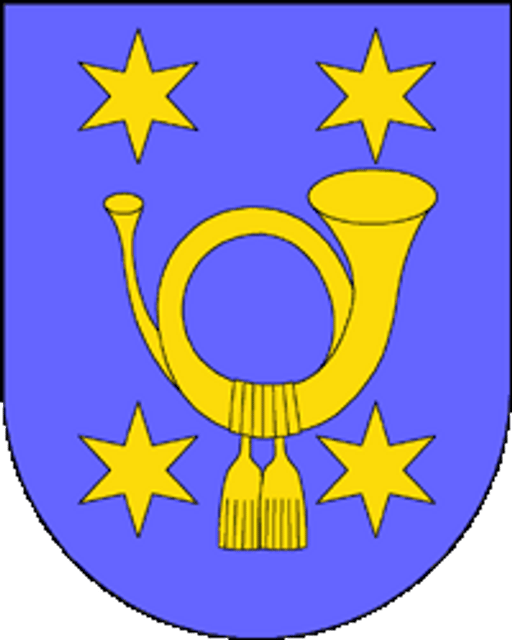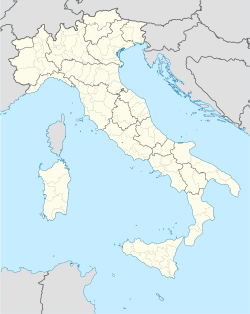Kurtatsch an der Weinstraße

Kurtatsch an der Weinstraße

Kurtatsch | |
|---|---|
| Gemeinde Kurtatsch an der Weinstraße Comune di Cortaccia sulla Strada del Vino | |
 | |
Location of Kurtatsch | |
| Coordinates:46°19′N 11°13′E [7] | |
| Country | Italy |
| Region | Trentino-Alto Adige/Südtirol |
| Province | South Tyrol (BZ) |
| Frazioni | ****Entiklar (Niclara), Graun (Corona), Hofstatt, Oberfennberg (Favogna), Penon (Penone) |
| Government | |
| • Mayor | Martin Fischer |
| Area | |
| • Total | 29.27 km2(11.30 sq mi) |
| Elevation | 333 m (1,093 ft) |
| Population (2018-01-01)[2] | |
| • Total | 2,235 |
| • Density | 76/km2(200/sq mi) |
| Demonym(s) | German: Kurtatscher Italian: di Cortaccia |
| Time zone | UTC+1 (CET) |
| • Summer (DST) | UTC+2 (CEST) |
| Postal code | 39040 |
| Dialing code | 0471 |
| Website | Official website [8] |
Kurtatsch an der Weinstraße (German pronunciation: [kʊrˈtatʃ an dɐ ˈvaɪ̯nˌʃtraˑsə]; Italian: Cortaccia sulla Strada del Vino [korˈtattʃa ˈsulla ˈstraːda del ˈviːno]), often abbreviated to Kurtatsch or Cortaccia, is a comune (municipality) in South Tyrol in northern Italy, located about 25 kilometres (16 mi) southwest of the city of Bolzano.
Kurtatsch borders the following municipalities: Neumarkt, Margreid, Tramin, Coredo, Roverè della Luna, Ton, Tres, and Vervò.
Kurtatsch | |
|---|---|
| Gemeinde Kurtatsch an der Weinstraße Comune di Cortaccia sulla Strada del Vino | |
 | |
Location of Kurtatsch | |
| Coordinates:46°19′N 11°13′E [7] | |
| Country | Italy |
| Region | Trentino-Alto Adige/Südtirol |
| Province | South Tyrol (BZ) |
| Frazioni | ****Entiklar (Niclara), Graun (Corona), Hofstatt, Oberfennberg (Favogna), Penon (Penone) |
| Government | |
| • Mayor | Martin Fischer |
| Area | |
| • Total | 29.27 km2(11.30 sq mi) |
| Elevation | 333 m (1,093 ft) |
| Population (2018-01-01)[2] | |
| • Total | 2,235 |
| • Density | 76/km2(200/sq mi) |
| Demonym(s) | German: Kurtatscher Italian: di Cortaccia |
| Time zone | UTC+1 (CET) |
| • Summer (DST) | UTC+2 (CEST) |
| Postal code | 39040 |
| Dialing code | 0471 |
| Website | Official website [8] |
Coat-of-arms
The emblem shows an or postillion hornet with tassels on azure background; at the corners are placed four six-pointed or stars. The postillon’s hornet indicates that the village was a postal station; the star represent the four villages in the municipality. The emblem was adopted in 1967.[4]
Linguistic distribution
According to the 2011 census, 96.25% of the population speak German, 3.36% Italian and 0.38% Ladin as first language.[5]


